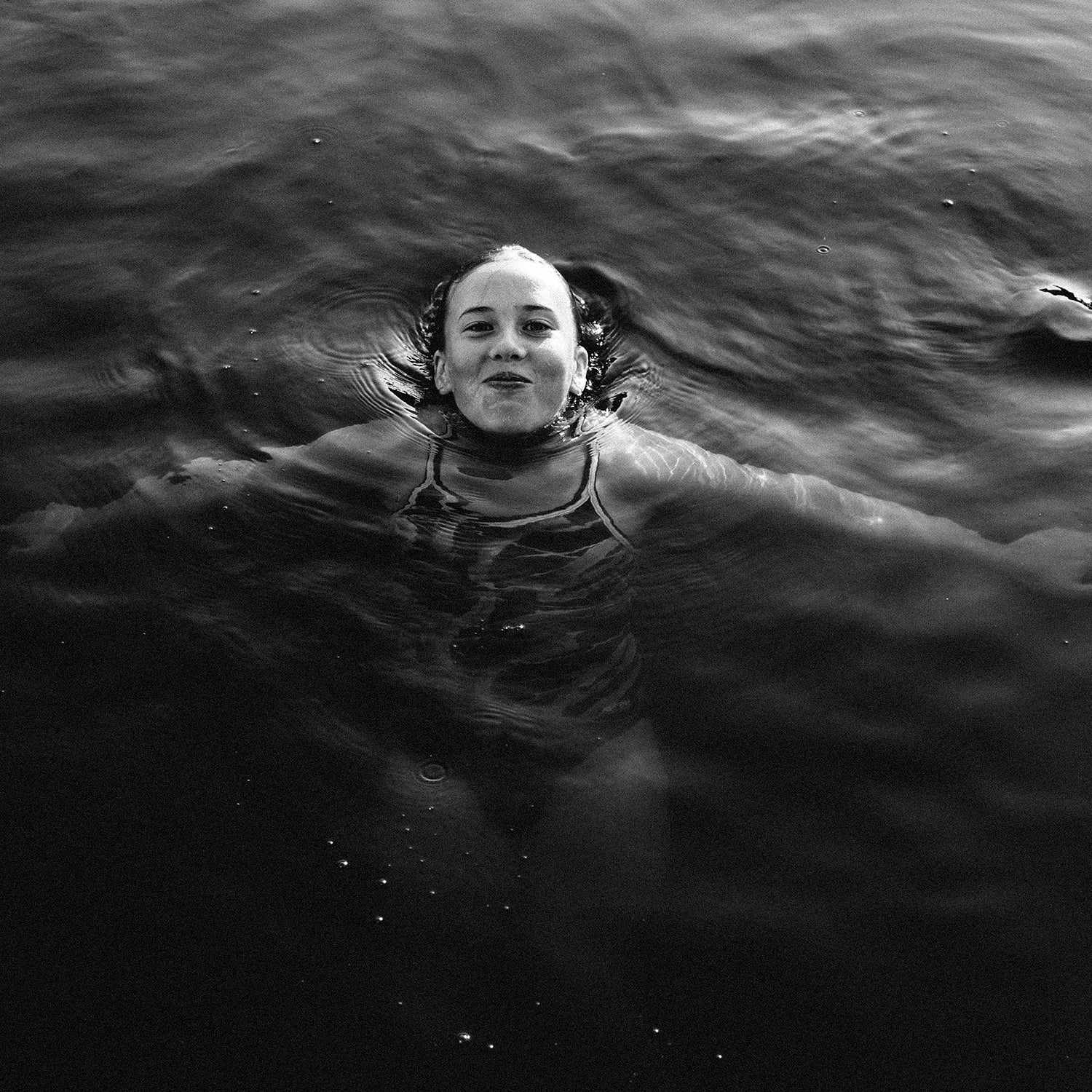At 13, I was sure I was the only American boy who hadn’t yet gotten his mouth onto someone else’s mouth. They were doing it on the school bus and down at the teen center, really kissing. It was so serious, so sickeningly actual: kids my own age engaged in that full-on, gnawing oralness I’d only seen in movies and had chalked up to trick photography. Kissing frightened me, but I knew that not to have kissed was a deadly social deformity whose only corrective serum was teenage saliva. I had to get it done.
At camp that summer in Vermont, I attempted to compensate for my shameful truth with even more shameful lies. I put it around that I’d had some needle-drug experience. I claimed I played guitar for a well-known hardcore band. The sexual résumé I falsified was thicker than the phone book of my hometown.
And then, on the last afternoon of a camping trip through a riverine gorge, I wound up in the orange gloom of a tent with Jen, a girl far too wise and pretty for a creep like me. My courting strategy was a literal impersonation of Pepé Le Pew. By unguessable magic, it worked.
Of the kiss itself, I have no memory, because what I mainly wanted to do was stop and ask the other kids who were also necking in the tent, “Hey, guys, could you watch us, please? Are we actually doing the thing? Does it look like on TV?” I also wanted to get Jen to sign something or at least verbally attest that the kiss had taken place. And I wanted Jen to explain how this impossibility had happened, not understanding that fate’s bestowal of make-outs would forever remain an occult phenomenon beyond the powers of inquiry.
A counselor soon broke up the business, I suspect to everyone’s relief. Children again, we went swimming in the gorge, a setting the moment’s production designer had overdressed with the fitments of a coming-of-age tale. The water-sleekened canyon walls were a scaled-up model of the sculpture Ruth Gordon fondles in Harold and Maude: “Stroke, palm, caress, explore.” On tentative feet, we minced through sparkling pools beneath a cable footbridge whose swaying shadow belabored a theme of perilous crossings. The river itself was a standard-issue metaphor of time’s ungraspable flux and constancy. It culminated at a cervix formation in the channel into which you could lodge yourself while the river bothered itself into a fizzing pile at your back.
But time and the river could be balked only for a pressurized second before they blasted you downstream like a champagne cork. There you floated, feigning bliss, belly to the sun. But already you felt the river broadening, its current straying into less coherent patterns. The protective cushion of water thinned out. You had to wrack and stiffen your now-older body to slip past the sharp rocks, the adult debris of beer bottles and auto parts, and the forsaken lines and hooks of luckless fishermen.
Frequent ���ϳԹ��� contributor Wells Tower wrote about Great Smoky Mountains National Park in May 2016.


